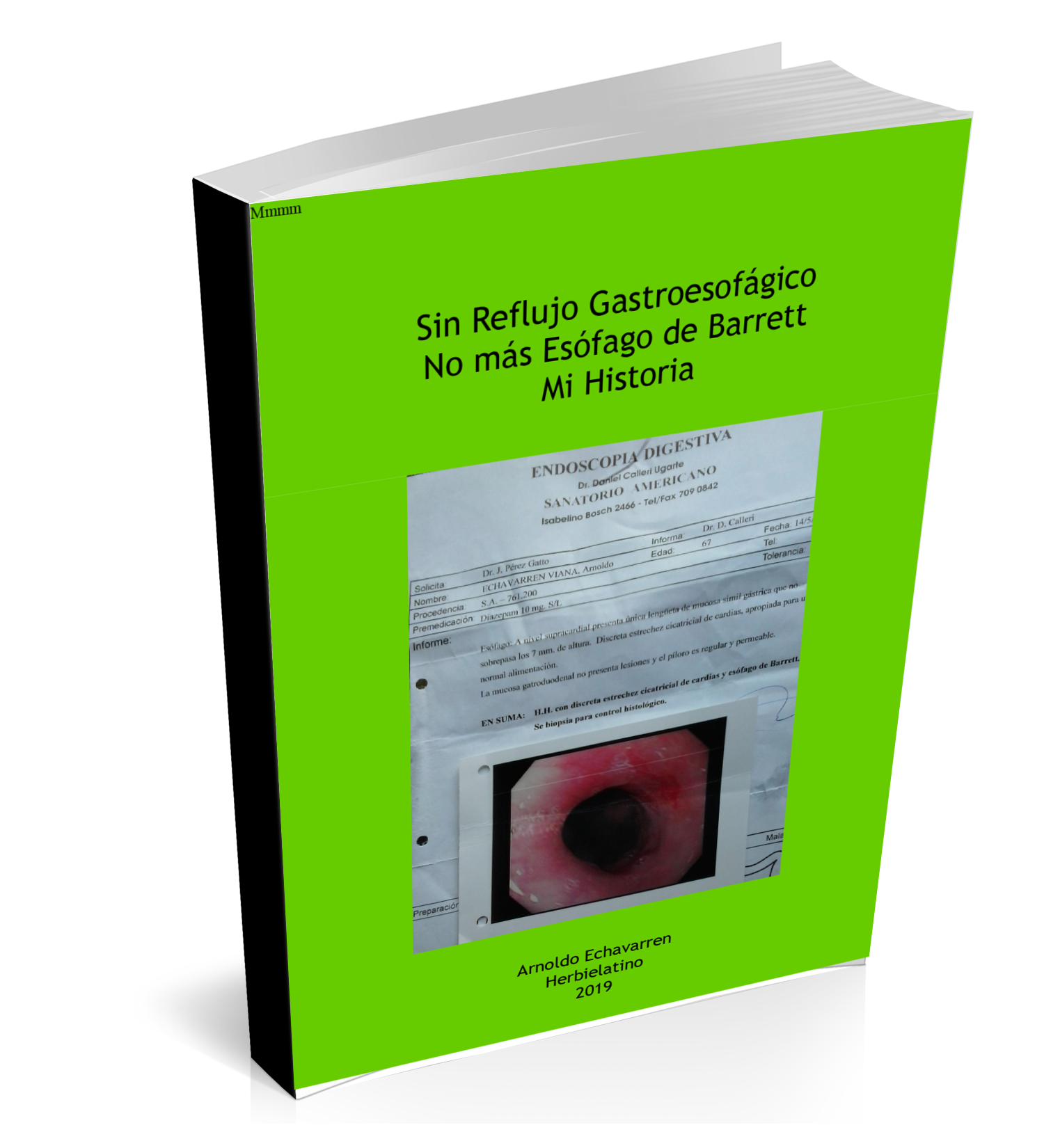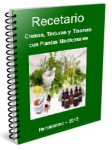Inhibición por parte de la quercetina, de la oxidación lipídica inducida por rayos ultravioletas
Inhibition of UVA and UVB Radiation-Induced Lipid Oxidation by Quercetin
Brian M. Fahlman and Ed S. Krol
College of Pharmacy and Nutrition University of Saskatchewan 110 Science Place Saskatoon, SK, S7N 5C9, Canada
J. Agric. Food Chem., Article ASAP May 14, 2009
Abstract
The flavonol quercetin is believed to provide protection against ultraviolet (UV)-induced damage to plants. As part of our investigations into the potential for quercetin to protect skin against UV-induced damage, we have measured the ability of quercetin to inhibit UV-induced lipid peroxidation in vitro in liposomes. Quercetin, which absorbs UV radiation at 255 and 365 nm, was determined to be a stronger inhibitor of lipid oxidation induced by UVB (3.7 radicals scavenged per molecule) than by lipid oxidation induced by UVA (1.9 radicals scavenged per molecule). The values for inhibition of UVB-induced lipid oxidation by quercetin are comparable to those when 2,2′-azobis(2-amidinopropane) was used as an oxidizing system (four radicals scavenged per molecule). The protective effect of quercetin appears to be mainly the result of scavenging of UV-generated radical species, although this may be decreased slightly in the UVA as a result of its absorption at 365 nm.
Las propiedades antioxidantes de extractos obtenidos de una infusión acuosa de salvia.
Antioxidant Activity of Organic Extracts from Aqueous Infusions of Sage
Triantafillia Christina Matsingou, Nicolaos Petrakis, Maria Kapsokefalou, and Athanasios Salifoglou
J. Agric. Food Chem., 2003, 51 (23), pp 6696–6701
Abstract
The antioxidant activity of aqueous infusions of sage emerges from specific components present in that herb. In an attempt to investigate the chemical nature and properties of these components, four organic solvent extracts from aqueous infusions of sage were examined. HPLC analyses of these extracts led to the separation of a number of components, of which four were identified and quantified through the use of standard compounds of known chromatographic HPLC profiles. These compounds are the diterpenes carnosic acid, carnosol, and rosmanol and the hydroxycinnamic acid caffeic acid. The antioxidant activity and polyphenol content were determined in the four organic solvent extracts and the left-over aqueous fraction. Both polyphenolic and nonpolyphenolic substances present in the extracts arise as significant contributors to the observed antioxidant activity of the derived extracts and thus sage itself. In this sense, they reflect the antioxidant potential of the aqueous infusions of sage toward reactive oxygen species generated through variable mechanisms of iron-promoted oxidative processes.
El café y el té verde como importantes fuentes de polifenoles en la población japonesa.
Coffee and Green Tea As a Large Source of Antioxidant Polyphenols in the Japanese Population
Yoichi Fukushima, Takashi Ohie, Yasuhiko Yonekawa, Kohei Yonemoto, Hiroki Aizawa, Yoko Mori, Makoto Watanabe, Masato Takeuchi, Maiko Hasegawa, Chie Taguchi and Kazuo Kondo
J. Agric. Food Chem., Article ASAP
Abstract
Food and beverages rich in polyphenols with antioxidant activity are highlighted as a potential factor for risk reduction of lifestyle related diseases. This study was conducted to elucidate total polyphenol consumption from beverages in Japanese people. Total polyphenol (TP) contents in beverages were measured using a modified Folin-Ciocalteu method removing the interference of reduced sugars by using reverse-phase column chromatography. A beverage consumption survey was conducted in the Tokyo and Osaka areas in 2004. Randomly selected male and female subjects (10-59 years old, n = 8768) recorded the amounts and types of all nonalcoholic beverages consumed in a week. Concentration of TP in coffee, green tea, black tea, Oolong tea, barley tea, fruit juice, tomato/vegetable juice, and cocoa drinks were at 200, 115, 96, 39, 9, 34, 69, and 62 mg/100 mL, respectively. Total consumption of beverages in a Japanese population was 1.11 ± 0.51 L/day, and TP contents from beverages was 853 ± 512 mg/day. Coffee and green tea shared 50% and 34% of TP consumption in beverages, respectively, and contribution of each of the other beverages was less than 10%. TP contents in 20 major vegetables and 5 fruits were 0-49 mg and 2-55 mg/100 g, respectively. Antioxidant activities, Cu reducing power, and scavenging activities for DPPH and superoxide, of those samples correlated to the TP contents (p < 0.001). Beverages, especially coffee, contributed to a large share of the consumption of polyphenols, as antioxidants, in the Japanese diet.
Fitoquímicos antioxidantes y capacidad antioxidante de zanahorias (Daucus carota) biopotenciadas de varios colores
Antioxidant Phytochemicals and Antioxidant Capacity of Biofortified Carrots (Daucus carota L.) of Various Colors
Ting Sun, Philipp W. Simon and Sherry A. Tanumihardjo
J. Agric. Food Chem., April 9, 2009
Abstract
Antioxidants and antioxidant capacity of seven colored carrots were determined. Five anthocyanins, chlorogenic acid, caffeic acid, and four carotenoids were quantified by HPLC. Total phenolic content was determined according to the Folin-Ciocalteu method. Antioxidant capacities of the hydrophilic and hydrophobic fractions were determined by using the 2,2′-azinobis(3-ethylbenzothiazoline-6-sulfonic acid) (ABTS) and 2,2′-diphenyl-1-picrylhydrazyl (DPPH) methods. The relative antioxidant capacity index was determined. Anthocyanins were the major antioxidants in purple-yellow and purple-orange carrots, and chlorogenic acid was a major antioxidant in all carrots. Carotenoids did not contribute to total antioxidant capacity, but correlated with antioxidant capacity of hydrophobic extracts. Both the DPPH and ABTS assays showed that the hydrophilic extract had higher antioxidant capacity than the hydrophobic extract. Purple-yellow carrots had the highest antioxidant capacity, followed by purple-orange carrots, and the other carrots did not significantly differ. This information is useful for consumers and may help horticulturists develop carrots with higher antioxidant capacity.
Optimizing the Extraction of Phenolic Antioxidants from Peanut Skins Using Response Surface Methodology
Tameshia S. Ballard, Parameswarakumar Mallikarjunan, Kequan Zhou and Sean F. O’Keefe
J. Agric. Food Chem., Article ASAP March 13, 2009
Abstract
Peanut skins are a byproduct of peanut blanching operations and contain high levels of phenolic antioxidants. The effect of solvent type (methanol MeOH, ethanol EtOH, and water), concentration (0, 30, 60, 90%), temperature (30, 45, 60 °C), and time (10, 20, 30 min) on total phenolic content (TPC), oxygen radical absorbance capacity (ORAC) level, and resveratrol content of peanut skins was investigated. Response surface methodology was used to estimate the optimum extraction conditions for each solvent. EtOH extracts had the highest TPC followed by MeOH and water. The maximum predicted TPC under the optimized conditions (30.8%, 30.9 °C, 12 min) was 118 mg of gallic acid equivalents (GAE)/g of skins. MeOH extracts had the highest ORAC activity of 2149 µmol of TE/g followed by EtOH and water under the optimized conditions of 30% MeOH, 52.9 °C and 30 min. Resveratrol was identified in MeOH extracts but was not found in samples extracted with EtOH or water.
Antioxidant Activity of Organic Extracts from Aqueous Infusions of Sage
Triantafillia Christina Matsingou, Nicolaos Petrakis, Maria Kapsokefalou, and Athanasios Salifoglou
J. Agric. Food Chem., 2003, 51 (23), pp 6696–6701
Abstract
The antioxidant activity of aqueous infusions of sage emerges from specific components present in that herb. In an attempt to investigate the chemical nature and properties of these components, four organic solvent extracts from aqueous infusions of sage were examined. HPLC analyses of these extracts led to the separation of a number of components, of which four were identified and quantified through the use of standard compounds of known chromatographic HPLC profiles.
These compounds are the diterpenes carnosic acid, carnosol, and rosmanol and the hydroxycinnamic acid caffeic acid. The antioxidant activity and polyphenol content were determined in the four organic solvent extracts and the left-over aqueous fraction. Both polyphenolic and nonpolyphenolic substances present in the extracts arise as significant contributors to the observed antioxidant activity of the derived extracts and thus sage itself. In this sense, they reflect the antioxidant potential of the aqueous infusions of sage toward reactive oxygen species generated through variable mechanisms of iron-promoted oxidative processes.
El café y el té verde como importantes fuentes de polifenoles en la población japonesa.
Further Examination of Antiradical Properties of Crocus sativus Stigmas Extract Rich in Crocins
Stella A. Ordoudi, Christina D. Befani, Nikolaos Nenadis, George G. Koliakos and Maria Z. Tsimidou
J. Agric. Food Chem., Article ASAP
Abstract
Data for antiradical properties of saffron extract and its bioactive constituents (crocins, crocetin) are limited and poorly discussed in comparison with those of extracts containing potent scavengers. Further examination was sought using the Folin-Ciocalteu (F-C) reagent and various free radical species produced in cell-free or cell model systems. Oregano and turmeric methanol extracts, rich in well established scavengers, and also crocetin, rosmarinic acid, and curcumin, representing the major types of constituents in the three studied extracts, were used as “reference”. On the same weight basis, saffron extract activity was found to be rather negligible in all cell-free systems with regard to that found for reference ones. On the contrary, in the human monocyte system, saffron extracts or free crocetin were found to reduce ROS production as effectively as the phenolic antioxidants. Our findings point out that saffron extracts exhibit a remarkable intracellular antioxidant activity that cannot be revealed using assays repeatedly applied to the evaluation of phenolic-type antioxidants.



